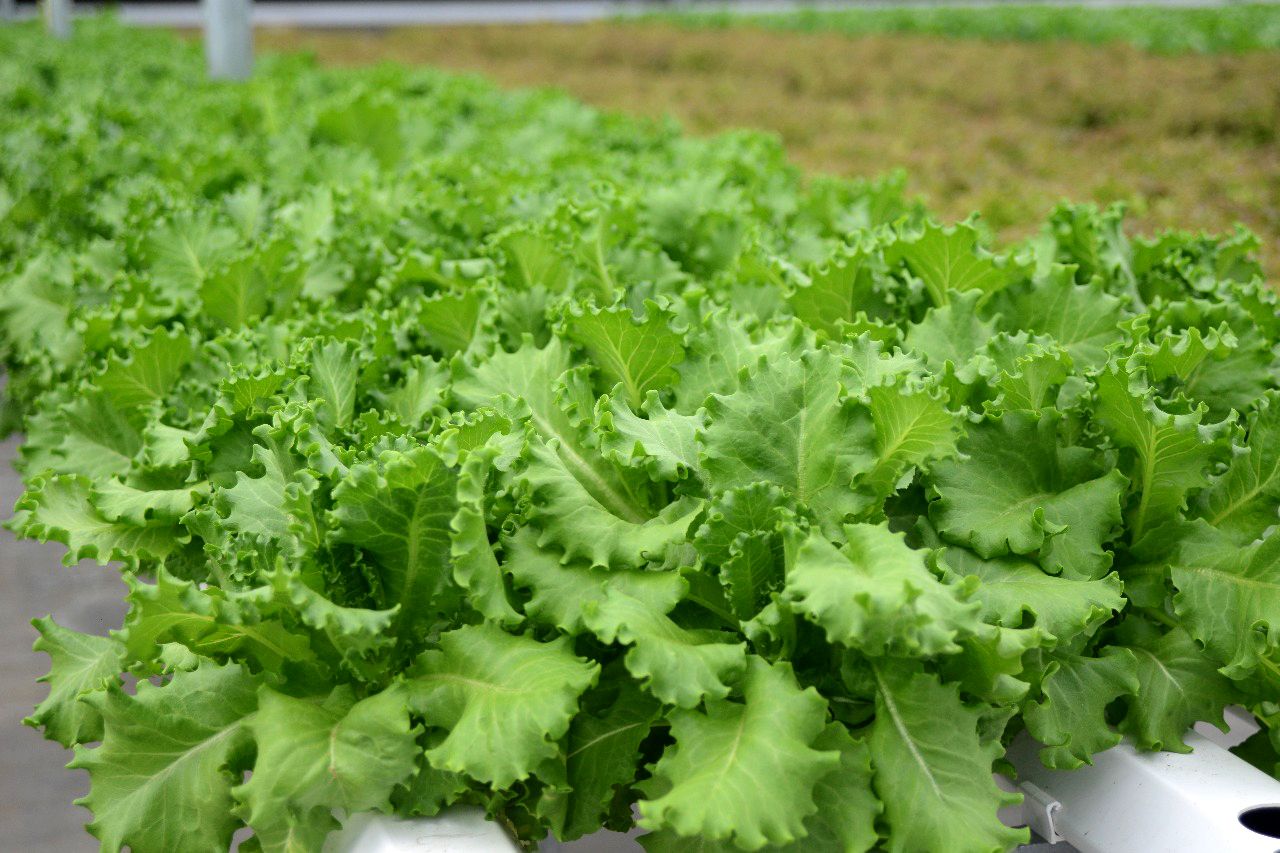
Tips on designing the best Hydroponics System
Tips on designing the best Hydroponics System
To design the best hydroponics system, one must look at the host of factors contributing to plant growth, roughly these are the environment, temperature, nutrient delivery and protection from damaging agents.
Hydroponics farming in India looks to the use of Greenhouses as a solution to manage these factors. Greenhouses are large structures built over tracts of flat land to accommodate the protected farming techniques, that use climate control methods and such to grow seasonal crops in unseasonal weather. In hydroponics, an additional technology used is water chillers as a cool root zone promotes aeration and root health.
For ambient temperature fan and pad cooling systems are effective in dry and hot weather. The system works by drawing air in through a cellulose pad placed all along one side of the polyhouse structure, water is trickled through this cellulose pad to provide the evaporative cooling effect. The air is sucked in by large fans and blown out of the greenhouse.
The material a greenhouse is made of can also greatly help with removing trapped heat from the structure, commonly used material is polycarbonate which, while being significantly more expensive than a poly sheet, it has the best heat transfer ability and hence is the best for climate control. Polycarbonate is also more durable but can be tough to work with due to its rigidity. The ultimate in greenhouse material technology is Glass greenhouses, both the most expensive and the best to control temperature and climate. A Glass greenhouse would ultimately require less frequent maintenance than any other type of greenhouse material. A glass greenhouse would be ideal for doing hydroponics in Gurgaon or Delhi which have very varying climates.
When looking at doing large scale hydroponics in India it is important to remember that we undergo usually intense summers followed by pleasant winters. Heating is not a necessary concern except in very extreme cold climates, but these climate zones are restricted to a few pockets and usually, the market for hydroponics is not present in these areas. This, however, should not discourage potential hydroponic farmers as the colder climates help with growing high-value exotics. These have great export and commercial value in urban areas.
Automation is a key aspect of designing any hydroponics system, water is reactive and transpiration and evaporation can change key water parameters of ph and EC and hence it is necessary standing monitor systems like the Bluelab Guardian monitor. When looking at automatic dosing the requirement stems from the need to reduce labor and time spent on maintaining the system thereby freeing up labor for harvest, maintenance, and packaging of the produce. Automation can be achieved through master controllers and peristaltic pump dosers. These control panels like the Bluelab Pro Controller are very efficient at monitoring and controlling dosing pumps such as the Bluelab Peripod to maintain the all-important parameters of pH and EC. The Bluelab connect software is a remote monitoring and control software that helps growers record data and control their dosing remotely. The Pro controller is a versatile device that can control up to 12, 3 or 4 pump dosing units and can be used to do up to 3 nutrients and one pH solution, this has great application for automating fruiting vegetable crop production. The Pro controller can set an individual on/off times for each of the pumps thus enabling the grower to maintain the right NPK mix for his crops throughout the growing cycle.
The Hydroponics system itself should be designed according to the crop to maximize efficiency and space. For example, Tomatoes need larger root spaces with changes to their NPK ratios during flowering but lettuce can be grown close together on pipes with very little nutrient use. Thus we use different hydroponic techniques for these plants, tomatoes are grown on DWC rafts or BATO bucket systems and NFT systems are used to grow leafy greens and herbs. The type of crop dictates the type of vessel the crop is grown in. While cheap and cost-effective, DWC trays may be cumbersome to maintain and flimsy meaning frequent repairs and upgrades. NFT and BATO systems are easier to maintain and dose, they also use water and space more efficiently.
One important factor of the use of all these technologies is the ability to monitor the factors affecting crop growth and thus giving us the necessary data to improve our crop growing process to produce better yields and more quality crops. The use of technology could help us mitigate the damage that factory farming over vast tracts of land has done to our environment. The introduction of a data-based A+B= C formula is only possible with careful data monitoring and interpretation to make a replicable plant growing formula for great yields and quality produce.




